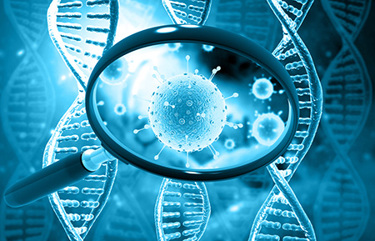Detecting HEK293 Residual DNA Contamination In Your Cell Or Gene Therapy Products

Cell and gene therapies begin their development with the help of a host cell line, but before the product can be administered to a patient, any trace of the host cell DNA must be removed to avoid oncogenic effects. Learn about HEK293 residual DNA, the effect of it's contamination, and about using ddPCR technology as a detection tool.
ddPCR technology is a fast, precise and reproducible molecular detection method for HEK293 residual DNA contamination that is based on water-oil emulsion droplet technology. Compared to other techniques, ddPCR technology provides higher sensitivity and a quantitative readout that reports genome copies per reaction.
Get unlimited access to:
Enter your credentials below to log in. Not yet a member of Cell & Gene? Subscribe today.
